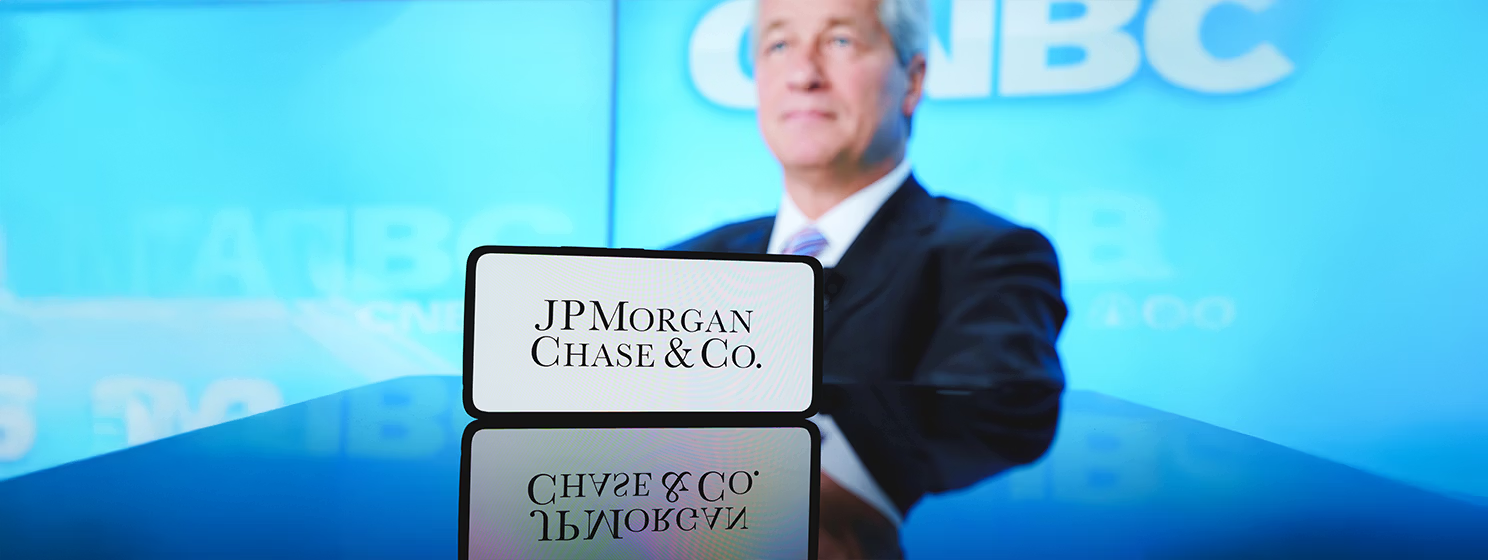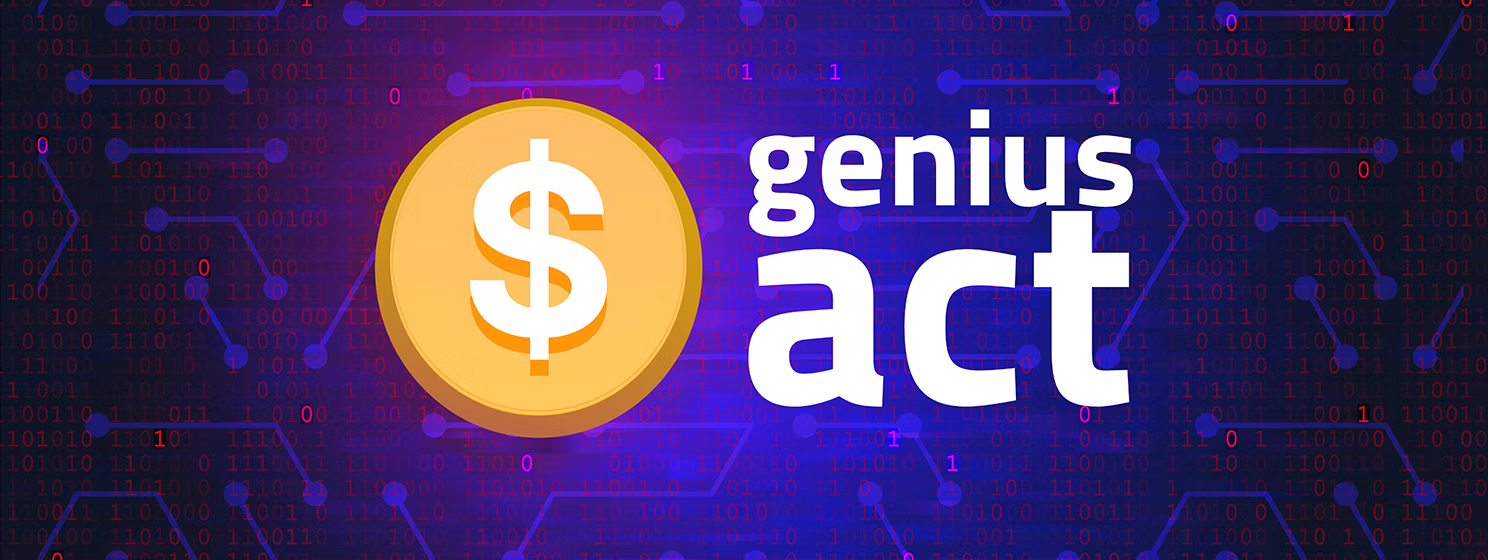|
Getting your Trinity Audio player ready...
|
Italy is watering down its proposed exorbitant digital asset taxes following an uproar from some lawmakers and the ‘crypto’ sector.
The Italian government proposed hiking the capital gains tax on digital asset holders from the current 26% to 42% as part of Prime Minister Giorgia Meloni’s administration’s efforts to raise government revenues in Europe’s fourth-largest economy. Announcing the plan, Deputy Finance Minister Maurizio Leo said the taxes were necessary as “the phenomenon [digital assets] is growing” in Italy.
However, some lawmakers—including a section of the ruling coalition, Fratelli d’Italia—opposed the taxes, which they claimed could burden traders heavily and crash the nascent sector. These lawmakers proposed a counteroffer that caps the digital asset taxes at 28%, and according to Bloomberg, Meloni’s government is set to accept the offer.
The counteroffer was made by legislators from Lega, a populist right-wing party that’s part of the ruling coalition. They also called for a new working group comprised of VASPs and consumer associations to spread awareness about digital assets in Italy. Sources with insider knowledge told Bloomberg that the government will likely approve the proposals.
Another faction is calling for the digital asset taxes to be scrapped altogether. This group, which mainly consists of members of Forza Italia, another party in the ruling coalition, believes that the move would foster adoption and spur the economy. Currently, Italy exempts digital asset taxes on gains of $2,120 or less.
“We believe that such a tax hike isn’t right. Going from 26% to 42% has a reason that isn’t widely understandable by anyone, whether that be a normal citizen or a large investor,” stated Paolo Barelli, the Forza Italia whip in the lower chamber of Parliament.
The ruling coalition remains open to new proposals on handling digital assets. Speaking to legislators a week ago, Finance Minister Giancarlo Giorgetti stated, “I am willing to consider different forms of taxation based on how long the investment has been in the portfolio.”
The digital asset tax is part of a larger drive by the Italian government to target the digital economy. This includes eliminating the existing thresholds that internet-based companies must hit to attract a 3% tax. Currently, the government imposes this tax on any company generating €750 million ($791 million), of which €5.5 million ($5.8 million) is generated in Italy. The government proposes to remove this cap, a move critics say would heavily impact small and medium enterprises.
Despite the looming tax hikes, Italy’s largest lender is expanding its digital asset capabilities. Sources say Intesa Sanpaolo SpA is broadening its digital assets desk beyond ‘crypto’ options, futures, and ETFs to now include spot trading. Intesa launched the desk last year, and since then, it has only focused on prop trading, using its own funds for its digital asset venture. The sources revealed that it intends to expand the offering to institutional investors.
Russia to impose 15% digital asset tax
Russia is also ramping up its digital asset taxation. President Vladimir Putin’s administration has approved draft amendments to the country’s taxation laws, treating digital assets as property for tax purposes.
Under the new bill, digital currency income will be taxed based on its market value at the time of receipt or mining. However, miners can deduct mining expenses, such as electricity costs, salaries, and costs of new mining equipment, before calculating the tax. The amendments also extend to cloud mining operations, which will be required by law to submit data about their clients to tax authorities.
The proposed regime requires digital asset holders to pay taxes in two stages. First, the holders will pay the tax based on the value of the digital asset on the day they receive it. In the second stage, they will have to reassess its value when they sell it, and if it has appreciated, they will need to pay extra taxes for the appreciation. Price falls entitle holders to deductible losses.
“As a result of discussions with businesses, a decision was made on the advisability of taxing the financial result from mining as the fairest reflection of the results of this activity. This approach is aimed at observing a balance between the interests of businesses and the state,” the Finance Ministry stated, as reported by Moscow-based news agency Interfax.
The new tax code will bring digital asset taxes to the same level as income from securities, where the maximum tax doesn’t exceed 15%. It also exempts digital asset transactions from value-added tax.
The new regime is part of a wider digital asset regulatory overhaul. Other changes include a new requirement that corporate miners obtain registration from the Federal Tax Service. Individuals are allowed to mine without a permit as long as their operations consume less than 6,000 kilowatt-hours monthly. The average household consumption in Russia is 1,000 kWh.
Russia’s Industrial Mining Association expects the new tax measures to generate at least $520 million in revenue for the government annually.
Watch: New age of payment solutions

 01-01-2026
01-01-2026 




